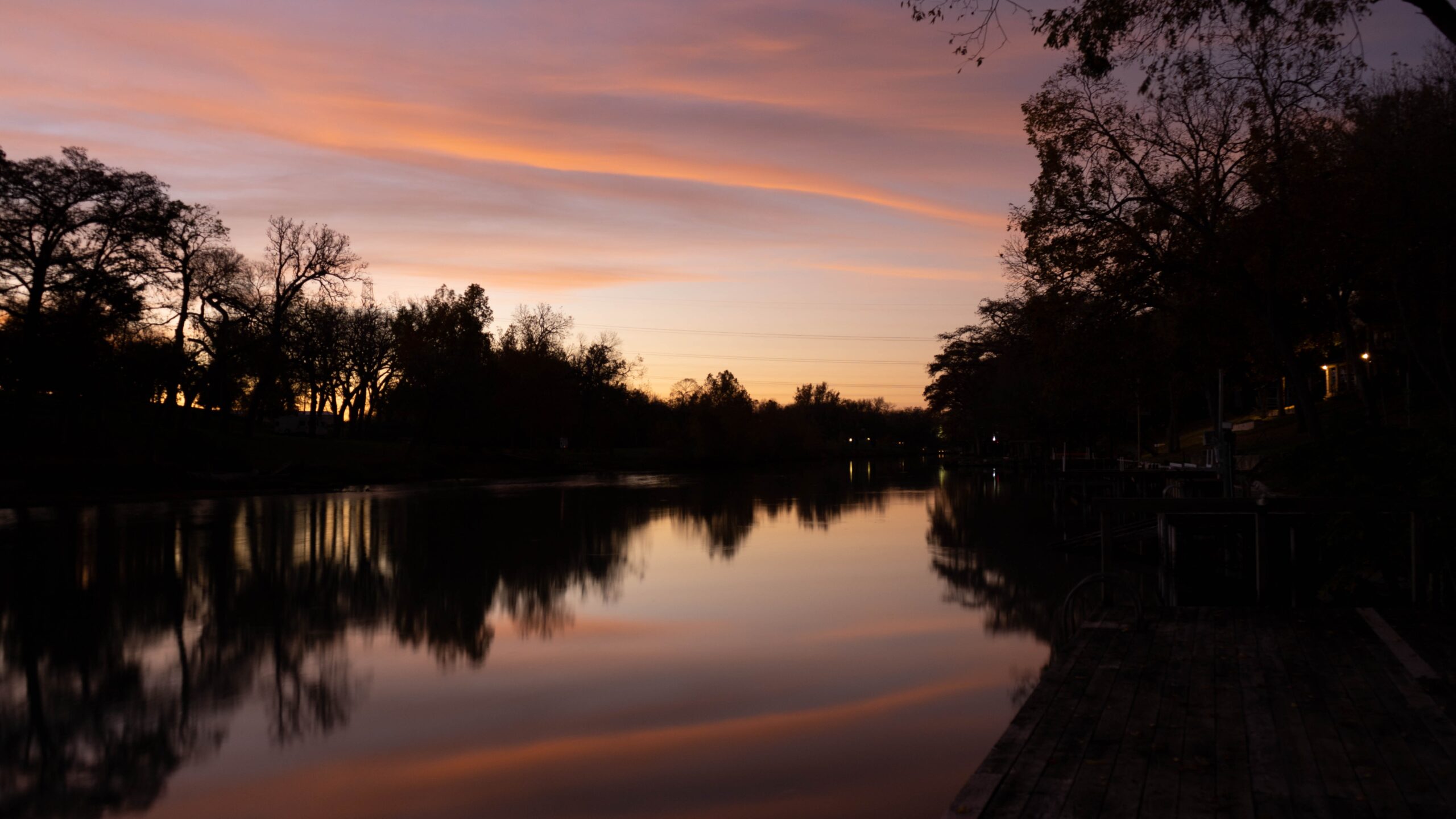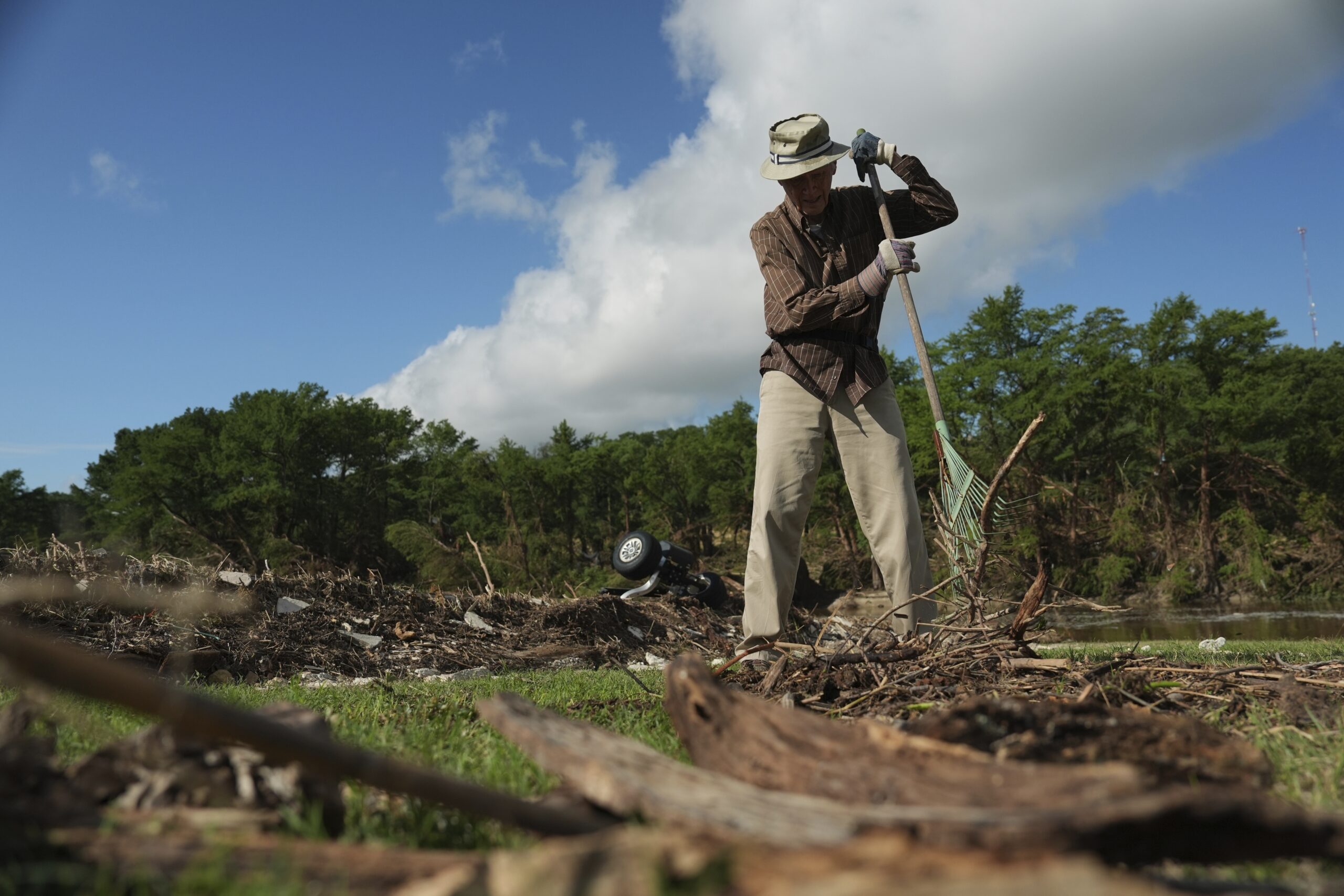ustxtxb_obs_1987_05_29_50_00017-00000_000.pdf
Page 23
Pho to by Jo hn Da ve np o r t for the play of complementarities as a borderland. From our geographic and cultural position as a former mecca, but now a backwater to two nations, we derive our boosterish aspiration to greatness and our complementary tendency to embrace failure as somehow more appropriate to our station. Our small, intimate plans often turn out brilliantly, such as the little water garden called Paseo del Alamo; our big plans if they are built at all, most often turn out simply ludicrous, such as , the pink elephant known as Fiesta Plaza and the recently expanded, utterly incoherent convention center. Our public spaces are failures as commercial hubs. They are important chiefly as venues for parties, processions and ceremonials, which Sans Antonio has developed, abundantly, into a hybrid of European decadent romanticism and Mexican mystic fatalism. We try to be progressive and rich and dull, like the Norteamericanos of Dallas and North Austin, and in Loopland we almost pull it off, but there is a reason On South Flores Street why the developers and big businessmen in whom we put our innocent trust to lead us into the future so often turn out to be hucksters and charlatans: We don’t really want to go into the future; the important thing is the well-catered reception where the future is announced. Cities, like dreams, are made of desires and fears, even if the thread of their discourse is secret, their rules are absurd, their perspectives deceitful, and everything conceals something else. . . . Cities also believe they are the work of the mind or of chance, but neither the one nor the other suffices to hold up their walls. You take delight not in a city’s seven or seventy wonders, but in the answer it gives to a question of yours. Invisible Cities, Italo Calvino THERE IS THE story a friend once told me about a woman who ran a small ice house out of the back of her family’s home on San Antonio’s deep West Side. Day in and day out and far into the evening, she ministered to those who were faithful only to their own oblivion, serving up Pearl and Lone Star to the men and women sitting at the picnic tables under the shade of the tin awning constructed in her backyard. She had Big Red and Fanta Orange for the kids who wandered in out of the heat, Former Observer editor Geoff Rips was born and raised in San Antonio. and on Saturdays her brother brought the barbacoa that she sold in tacos into the afternoon. Nothing special, thus far, about this situation. Nothing to distinguish it from the hundreds of similar ice houses located strategically every three or four blocks along the main and minor thoroughfares that crossed San Antonio’s West and South Sides. Nothing, except the fact that, throughout her endless pilgrimages among the picnic tables to retrieve empty bottles of Perla o Estrella, while standing for hours behind the cash register and counter with its jars of beef jerky and chile peppers, while trading the drivers of beer trucks cases of empty bottles for cases of full and paying for the difference with a little extra for good will, while counting receipts at the end of the evening when everyone had left except her older sister who came out of the house each night about that time, while performing all these tasks the woman who ran the ice house was performing a spiritual task as well, dressed all the while in the white satin gown and blue veils that an angel might wear. No one confused the ice house with Paradise. In fact, no one seemed to notice. That was just the way it was. Though it is more than probable that she must have come gliding through the haze of some hot August evenings to scare more than one beer drinker into a sudden pledge of sobriety, followed by solemn confessions heard only by the dog under the table, followed by a confused wandering into the side streets of the West Side punctuated by vows to every diety and demi-god the night would render. It seems, the story goes, that this earthly angel was once on her deathbed. So her older sister, who at that time helped run the ice house out back, paid a visit to the replica of the Virgen de Los Lagos at the church of San Juan de los Lagos not far from Ray’s Drive Inn and pledged that, if cured, her sister now on her deathbed would lead a life of piety and purity and, as proof, would always be attired in the manner of an angel. Thus we have the story of a woman serving out the terms of a vow made on her behalf by an older sister who went on to take life easy, having done her part, staying inside the house while her sister the angel served God while serving beer. The story of the angel of the ice house may be apochryphal \(though my source purposes of this narration. It is a story about the power that is derived from symbolism. It is a story about the element of power that resides in every relationship. And in considering the story in the context of the city in which it takes place recognizing that cities are networks of relationships based on concentrations of capital and power A Tale of Two Cities By Geoffrey Rips THE TEXAS OBSERVER 1 7


